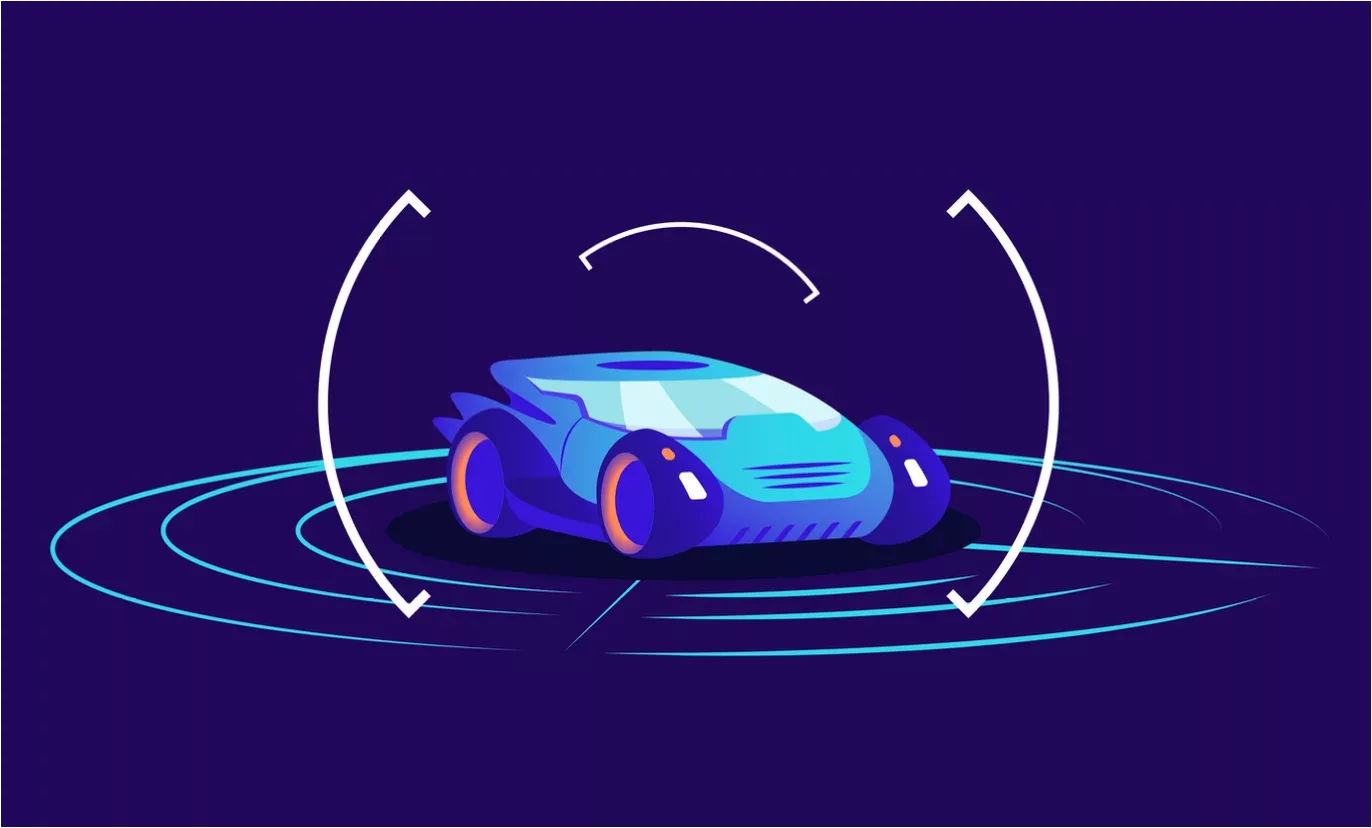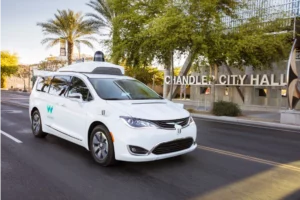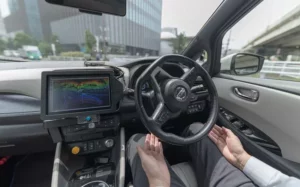Two academics are warning that, if implemented badly, driverless vehicles might harm the environment rather than improve it.
Writing in “The Conversation”, University of California Director Giovanni Circella and Professional Researcher Scott Hardman, who both spend their working lives studying automated vehicle technology, say that their research teams assessed the real-life impacts that automated vehicles could have on the environment. They say they have analysed drivers’ use of partially automated vehicles and, by simulating the expected impact of future driverless vehicles, have found that they will encourage a lot more driving.
This, they warn, will increase transportation-related pollution and traffic congestion, unless regulators take steps to make car travel less appealing.
They say they surveyed 940 people who drive partially automated vehicles, such as Tesla’s Autopilot which assists with driving tasks and reduces the burden of driving, although to a lesser degree than fully automated vehicles will.
“We found that drivers who used Autopilot drove an average of nearly 5,000 more miles per year than those who didn’t,” they warn. “In interviews with 36 drivers of partially automated vehicles, they generally said they were more willing to sit in traffic and took more long-distance trips, all because of the increased comfort and reduced stress provided by semi-automated systems.”
While they spot the promise of automated vehicles, they fear that it will just lead to people driving more, using more energy and creating more congestion.
“Automated vehicles hold tremendous promise,” they write. “Cars that handle most or all of the driving tasks could be safer than human drivers, operate more efficiently and open up new opportunities for seniors, people with disabilities and others who can’t drive themselves. But while attention has understandably focused on safety, the potential environmental impacts of automated vehicles have largely taken a back seat.
“Research has previously suggested that automated vehicles could cause people to drive more than they currently do. Riding in a car as a passenger is much less stressful than driving, so people might be willing to sit through longer trips and battle more traffic if they can relax and do other things during the journey. The promise of a relaxed, comfortable commute to work could even make some people move farther away from their workplaces and accelerate suburban sprawl trends.”
Furthermore they warn, “People would also have the ability to send their cars on “zero-occupancy” trips, or errands without passengers. For example, if you don’t want to pay for parking downtown, at some point you may be able to send your car back home while you’re at work and summon it when you need it. Convenient, but also twice the driving.”
They stress the take-up of much-discussed solutions to limit the impact, such as mandating zero-emission technology, putting a price on driving and especially on zero-occupancy trips, flexible road user charging, or promotion of shared mobility.
“All of these policies will be most effective if they are adopted now, before automated vehicles are widespread,” they conclude. “A transportation future that is automated, electric and shared could be environmentally sustainable – but in our view, it’s unlikely to evolve that way on its own.”
(Picture – Yay Images)





















